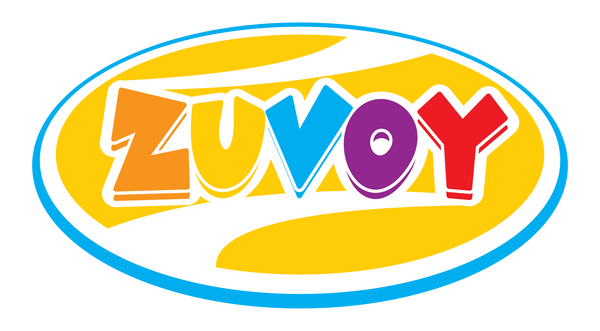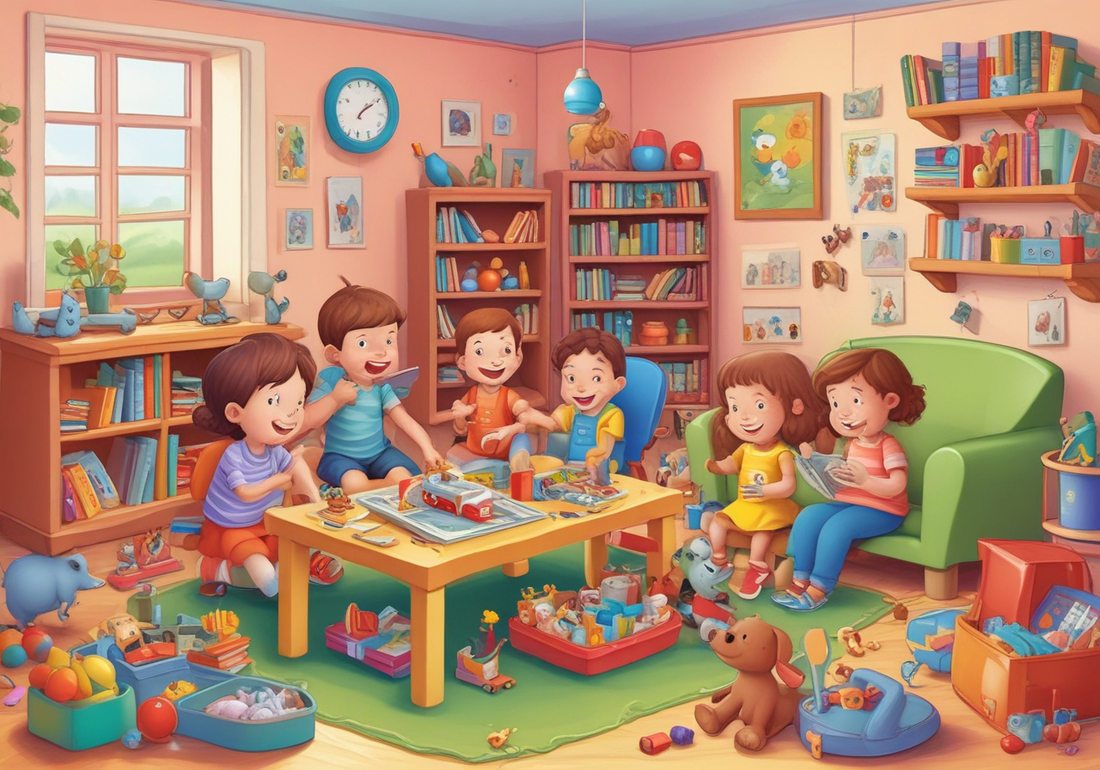Key Highlights
- English learning toys make language acquisition enjoyable for kids.
- These toys cater to various learning styles, from auditory to kinesthetic.
- Interactive storybooks and phonics games transform reading into an adventure.
- Choosing age-appropriate toys ensures they align with developmental milestones.
- Prioritize toys made from safe, durable materials to ensure lasting fun.
Introduction
In their early years, combining education with playtime can really help a child's thinking skills. Educational toys, especially those for learning English, can change the learning experience from boring to exciting and enhance their enjoyment. These toys catch kids' attention with colours, sounds, and touch, making it fun to learn a new language.
Essential Criteria for Selecting English Learning Toys

While there are many options on the market, choosing the right English learning toy requires some thought. One important factor is how well the toy engages a child's senses. Sensory toys are great for babies and toddlers because they have bright colours, fun textures, and interesting sounds.
Next, think about whether the toy matches your child's stage of development. A toy that works well for a toddler may not be interesting for a kindergartener. As children grow, their learning needs change. They need toys that focus on phonics, building vocabulary, and simple grammar.
Age Suitability and Language Development Stages
Choosing toys that help children learn English is very important. The toys should match their developmental needs. For toddlers, pick toys that engage their senses and teach simple ideas like colours, shapes, and the alphabet. As kids move to preschool, focus on toys that support phonics, help build vocabulary, and encourage simple storytelling. These toys fit their growing language skills.
While looking for toys for different age groups, remember that a toy should challenge a child but not be too hard. A toy that is too easy might make a child bored, and one that is too hard could be frustrating. The best toys inspire curiosity and help kids learn and explore at their own speed.
Understanding how language develops at different ages will help you choose the right toys. Look for toys that match these important stages. This way, the child will have a fun and suitably challenging experience.
Safety Standards and Materials Used
Safety is very important when it comes to toys. Choose toys that meet strict safety standards and are free from small parts while ensuring age appropriateness. Check product details for labels that show the toy has no harmful chemicals or other dangers.
Look closely at the materials used. Young kids often put things in their mouths. Make sure the toys are made from non-toxic materials. The toy should also be able to last through drops and rough use.
Pick toys made from strong plastic, sustainable wood, or natural fabrics. These materials will last longer and help teach kids about taking care of the environment. A safe and durable toy leads to fun playtime and helps parents feel secure.
Top Categories of English Learning Toys
 Many types of English learning toys are great for kids learning. You can choose from classic wooden alphabet blocks or fun digital games. There are lots of options that are both interesting and helpful. Each type helps kids build certain skills, which supports their overall growth.
Many types of English learning toys are great for kids learning. You can choose from classic wooden alphabet blocks or fun digital games. There are lots of options that are both interesting and helpful. Each type helps kids build certain skills, which supports their overall growth.
For example, classic wooden puzzles help kids get to know letter shapes and colours. Also, interactive storybooks make language come alive with sound and touch. Including brain teasers, abc puzzles, and tracing activity toys in the mix of toy types can give kids a better learning experience.
Phonics and Reading Toys
Phonics is key to learning how to read. You can easily add phonics to playtime with fun toys. These toys help kids learn letter sounds and what the letters look like.
Here are some popular phonics and reading toys:
- Alphabet Puzzles: These puzzles aid in recognizing letters. Kids also develop spatial awareness as they fit letter shapes into the right spots.
- Talking Flashcards: These flashcards show letters or words. They make sounds that match the letters, helping children understand how to say the words they see.
These toys also help kids move from single letters to making simple words. This builds a strong base for reading.
Interactive Storybooks and E-Readers
Technology has created a new time for English learning toys. Now, we have interactive storybooks and e-readers that are very important. These tools make reading lively and engaging. Picture a child listening to a story. At the same time, bright animations move on the screen, and fun sounds bring the characters alive.
Interactive storybooks and e-readers do this well. They grab the attention of kids and help them love stories and the English language. Many e-readers have a 'read-aloud' feature. This lets kids read along with highlighted text. This helps them recognize words and say them correctly.
These tools are more than just fun. They often have quizzes and games too. These activities check how well kids understand what they read and help them grow their vocabulary. It makes learning fun and interactive.
Conclusion
When you want to help your child improve their language skills, English learning toys are very important. These toys help with language growth and make learning fun for kids. Choose toys that are right for your child’s age and focus on phonics, reading, and storytelling. This can create a great space for your child to learn to talk and communicate. Always think about safety when picking toys to ensure your child can play safely. Good English learning toys can light up your child's interest in learning language, helping them become great at it.
Frequently Asked Questions
What are the best English learning toys for toddlers?
For toddlers, choose educational toys such as shape sorters, stacking rings, or basic wooden puzzles that can aid in number recognition. These toys support cognitive growth and improve fine motor skills, as well as promote overall motor skills and encourage kindergarten skill development. They also introduce important concepts and help develop social skills. Sensory toys with different textures, sounds, and bright colours are especially fun for this age group.
How can toys improve a child's English vocabulary and grammar?
Toys that help kids tell stories, use their imagination, and talk to each other can introduce them to new words and ways to form sentences. Playing interactive games and doing puzzles can also boost critical thinking and problem-solving skills. This all adds to a better learning experience for children.

